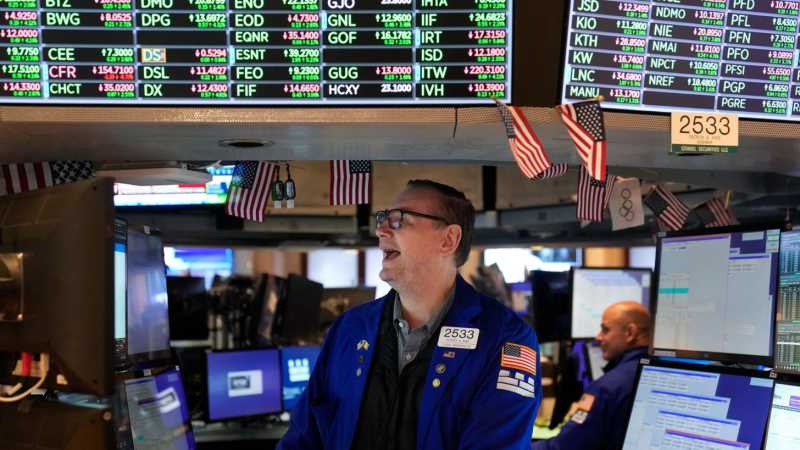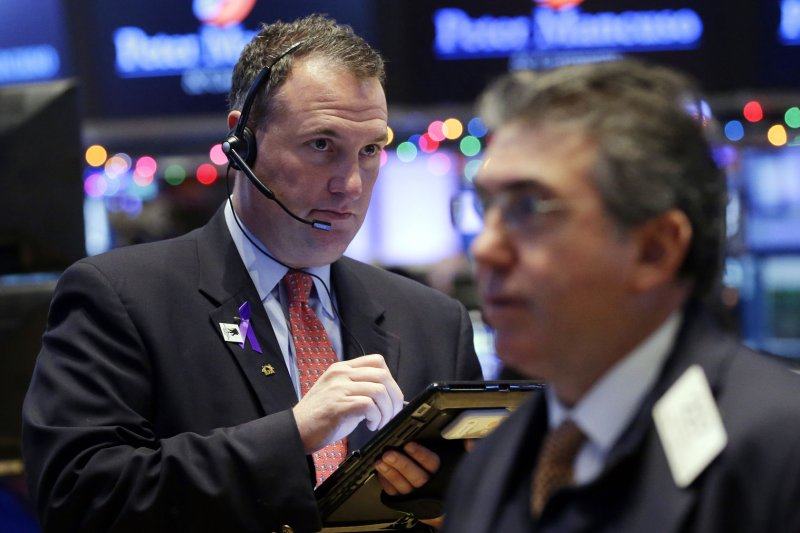Subtotal: $159.00
Inflation-protected bonds (TIPS) experienced the steepest losses during the recent U.S. Treasury downturn, surpassing inflation expectation-based predictions. Investors anticipated these securities to offer better protection, yet rising real yields pushed TIPS prices lower despite stable inflation projections. The disconnect between expected inflation and TIPS performance highlights shifting market sentiment and a broader recalibration of bond valuations. This surprising outcome suggests investors may be repricing risk amid tighter monetary policy and persistent economic uncertainty in financial markets.
Historic Surge in TIPS Yields
Yields on TIPS have risen more sharply than those on traditional Treasuries. The 30-year TIPS yield jumped 41 basis points, reaching its highest level since 2008. By comparison, the nominal 30-year Treasury yield rose 32 basis points, its highest since January.
Shrinking Inflation Breakeven Spread
The gap between the yields reflects the average expected inflation over the bond’s lifetime. As TIPS yields climb faster, this breakeven rate narrows. However, as Michael Pond, head of global inflation strategy at Barclays, points out, blaming only inflation expectations would be an oversimplification.
Illiquidity Increases Market Vulnerability
The TIPS market is relatively small—about $2 trillion versus $20 trillion in traditional Treasuries. As inflation expectations fall, liquidity dries up, causing TIPS to diverge from economic fundamentals, Pond explained.

Global Markets in Crisis The Uncertainty of the Bond Market
This week, global markets have experienced significant volatility, particularly following President Trump’s statements on tariffs…
Steeper Losses Than in Nominal Bonds
An index tracking TIPS has declined 2.3% so far in April, compared to a 1% drop in conventional Treasury bonds. Pond likened this dislocation to episodes such as the 2008 financial crisis, the March 2020 liquidity collapse, and the 2023 regional banking turmoil.
Short-Term Inflation Fears
Near-term inflation expectations have risen due to concerns that tariffs proposed by Donald Trump could drive prices higher. However, five-, ten-, and thirty-year TIPS reflect a potential economic slowdown that could push inflation down over time.
Federal Reserve Faces Monetary Crossroads
While an economic slowdown might justify rate cuts, persistent inflationary pressures could limit the Federal Reserve’s flexibility. The latest University of Michigan survey showed consumers expect inflation of 6.7% over the next year—the highest since 1981.
Supply-Demand Imbalance Deepens Instability
According to Barclays, the U.S. Treasury has expanded its TIPS auctions, while demand has weakened, especially since 2022. The rate hikes since then have caused significant losses for funds heavily exposed to these instruments.

 Wall St Journal Digital Subscription for 2 Years for $159
Wall St Journal Digital Subscription for 2 Years for $159 
